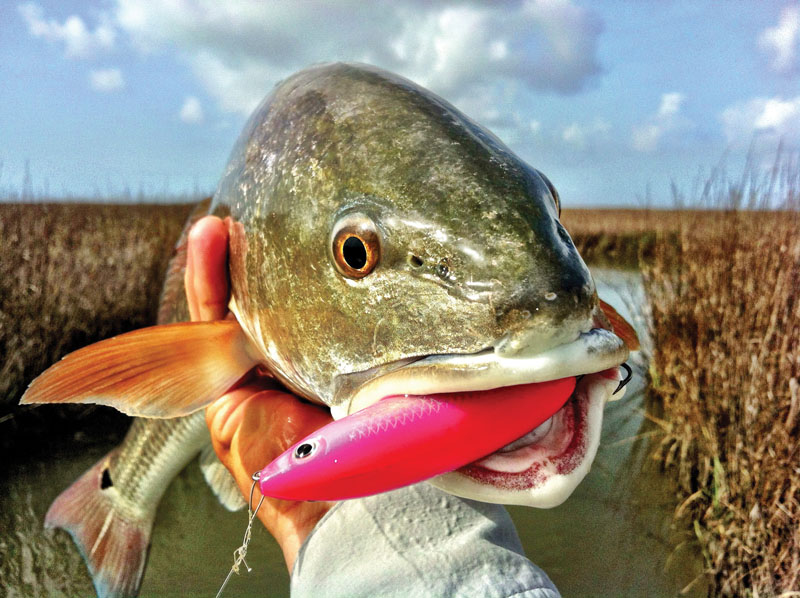Fishing isn’t just about casting a line and hoping for the best; it’s a science. Successful anglers understand that selecting the right bait and lures involves more than mere chance. It involves a deep understanding of fish behavior, environmental factors, and the art of tempting a catch. In this enlightening guide, we’ll delve into the science behind bait selection, helping you choose the perfect lure for every fishing scenario.
Understanding Fish Behavior
Fish are far from mindless creatures; they exhibit behaviors shaped by evolution, feeding patterns, and habitat preferences. To select the optimal bait, consider the following:
Feeding Habits
Predatory Fish: Species like bass and pike are carnivorous predators, favoring lures that mimic wounded or fleeing prey.
Herbivorous Fish: Herbivores like carp and tilapia opt for plant-based baits, such as dough balls or soft plastics that resemble vegetation.
Sensory Perception
Sight-Driven Predators: Fish with keen eyesight, such as trout, are enticed by lures with vivid colors and realistic movement.
Smell-Oriented Species: Catfish and carp have a strong sense of smell, making scented baits or natural scents like worms and cheese particularly effective.
Feeding Depth
Surface Feeders: Species like bass often strike at surface lures, making topwater baits like frogs and poppers a great choice.
Bottom Dwellers: Fish like flounder and halibut prefer baits that reach the bottom, such as jig heads with soft plastics.
Assessing Water Conditions
Fish behavior varies depending on water conditions, which should influence your bait selection:
Water Clarity
Clear Water: In clear waters, opt for natural, realistic lures that mimic local forage.
Murky Water: In muddy or murky conditions, use brightly colored or noisy lures to increase visibility and vibrations.
Water Temperature
Warm Water: In warmer seasons, fish are often more active and may prefer faster-moving lures like crankbaits.
Cold Water: During colder months, use slow-moving lures, as fish metabolism decreases, and they are less likely to chase fast prey.
Weather Conditions
Bright Days: In sunny weather, fish may be more selective. Use lures that closely match the local baitfish.
Overcast or Rainy Days: Cloud cover reduces visibility, making it an ideal time for using noisy or brightly colored lures.
Successful anglers don’t rely on a single bait but instead carry an assortment to adapt to changing conditions and fish preferences. Experimentation is key. Pay attention to the feedback nature provides-observe which baits elicit strikes and which go unnoticed.
Bait selection in fishing is a dynamic process that requires a deep understanding of fish behavior, adaptability to changing conditions, and the art of mimicry. By considering factors like feeding habits, sensory perception, water conditions, and adaptation, you can elevate your fishing game and increase your chances of landing that prized catch. Remember, the science of bait selection is a journey of discovery and refinement, leading to the perfect lure for every fishing scenario.
Happy fishing! 🐟
